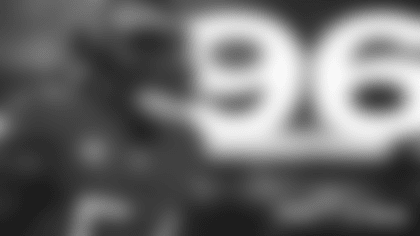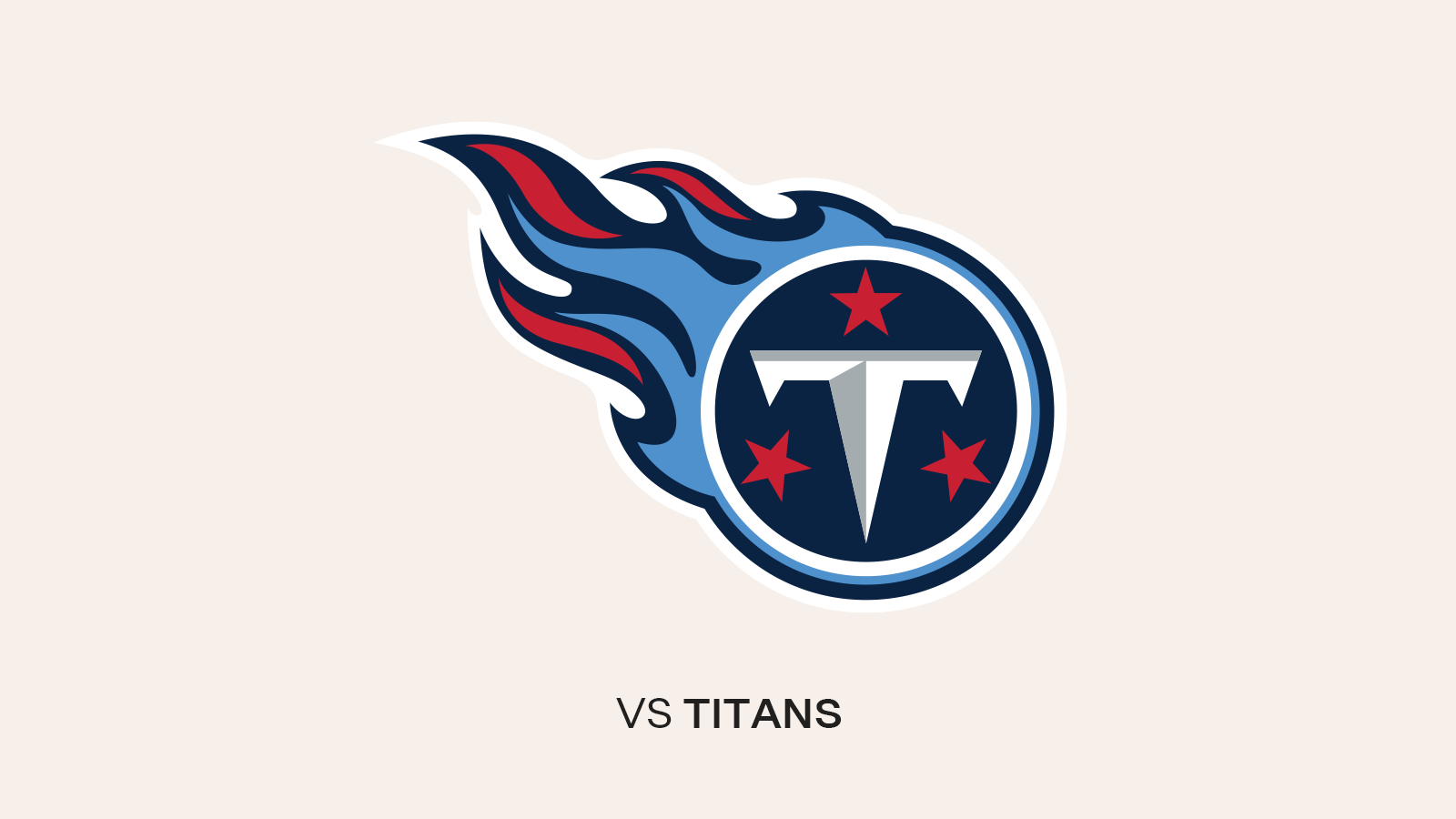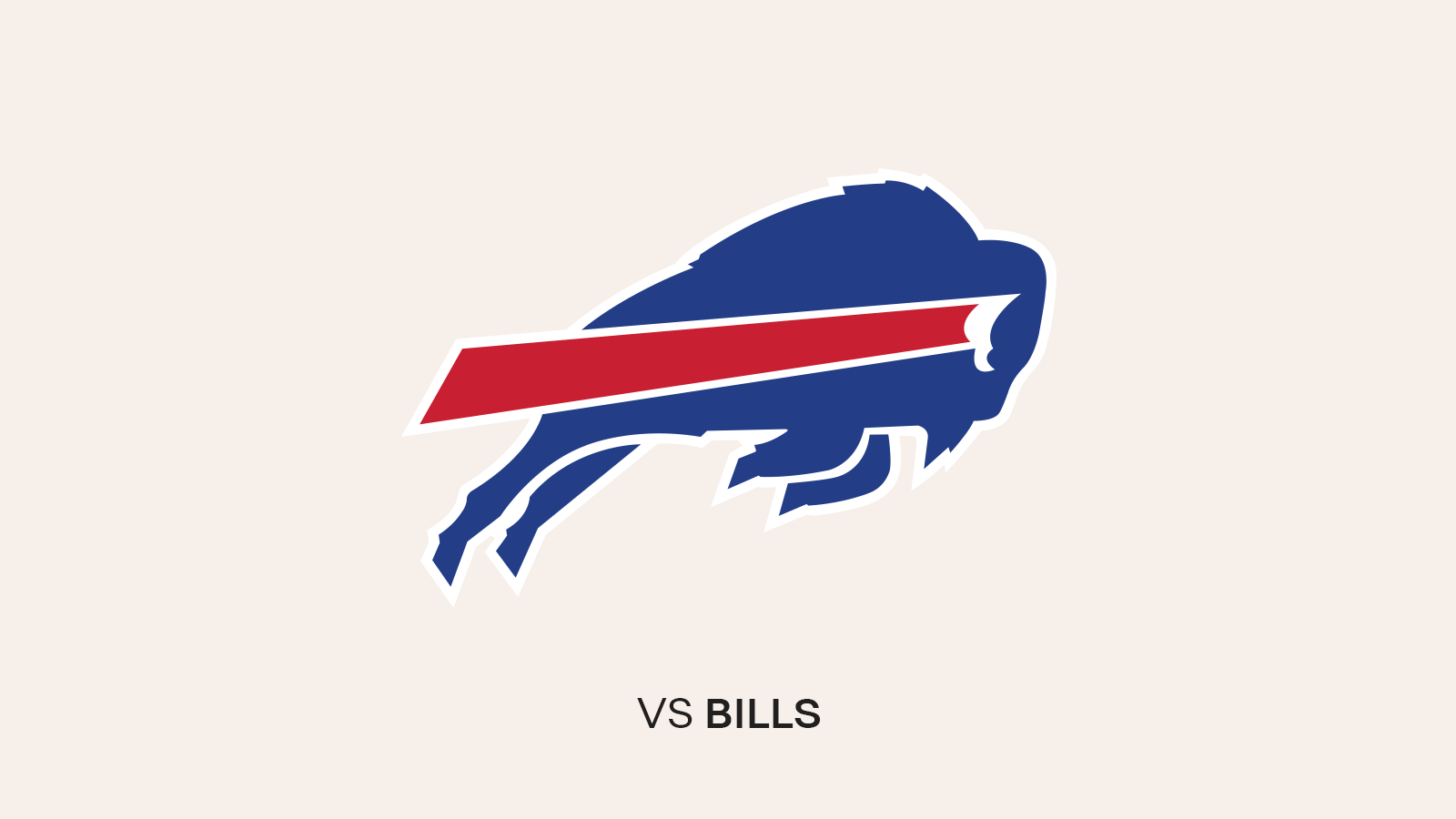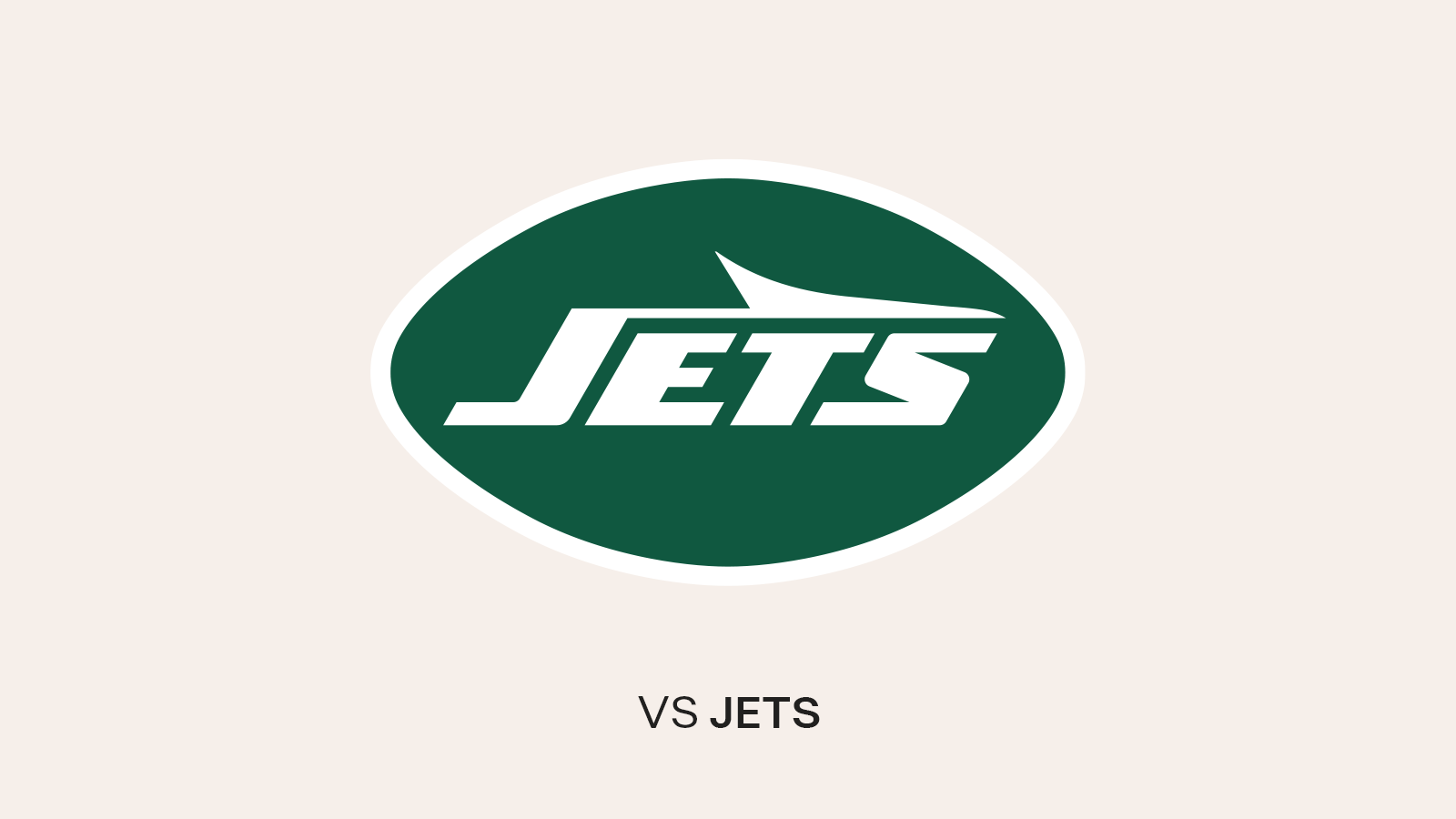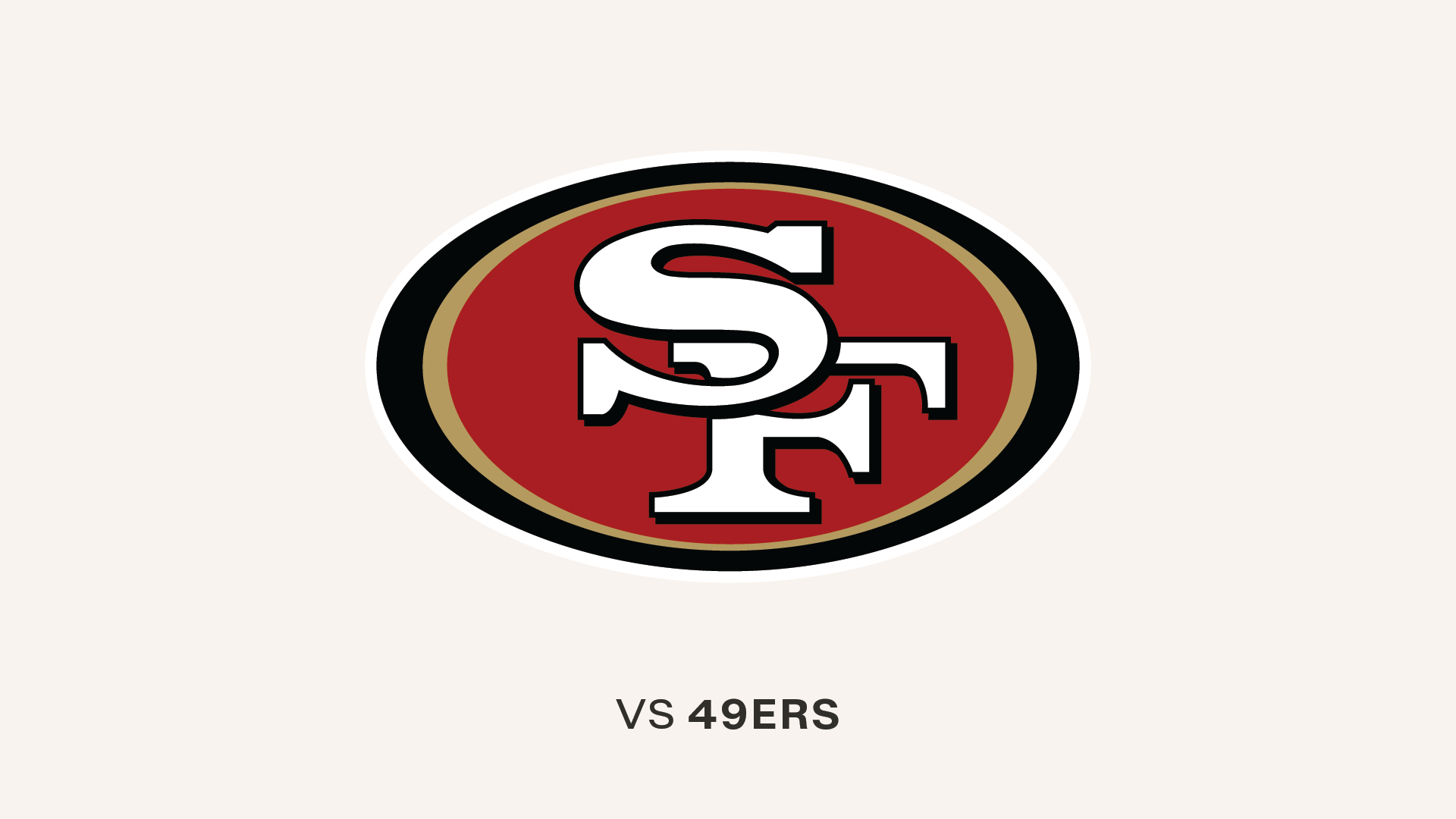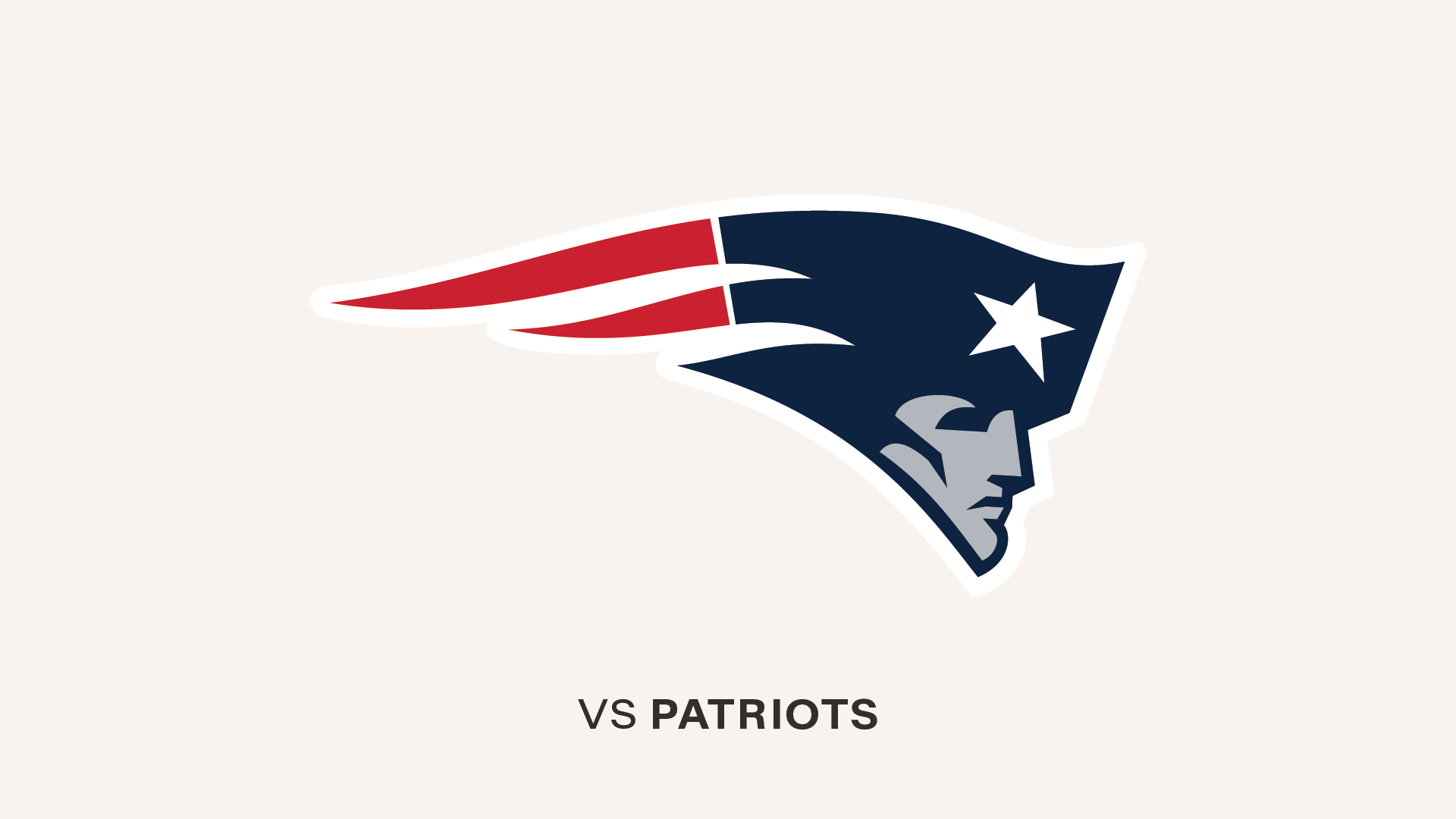Statistics can help illuminate the game of football…or they can take us down a misleading path. As Tampa Bay Buccaneers Head Coach Lovie Smith said: "I believe in stats, but it's [which] stats."
Smith, for instance, doesn't pay much attention to the NFL's defensive rankings, since they are based on yards, which he considers a meaningless measure. When he shares defensive stats with his team, he focuses on points allowed, takeaways, scoring on defense and red zone proficiency.
Here on Buccaneers.com, we unabashedly love stats, but we also understand the need to wield them wisely. Sometimes, we can get a better feel for why the team is performing as it is by going a little deeper into the numbers. Other times, we simply want to point out a few numbers we consider interesting, and hope you will find it interesting as well.
That's our goal with Football Geekery. Each week, we're going to give you a sampling of statistical and/or historical analysis, hopefully in a way that is relevant to the Buccaneers' current state of affairs. This week we once again touch on the issue of turnovers, noting how varies takeaway/giveaway margins affect the game's outcome and how much it takes to overcome a turnover-heavy outing. We also look at the concept of building momentum with a pre-bye victory, and we note a few very specific areas where the Bucs may have an advantage over the Jaguars this Sunday. Let's get started.
1. Protect the Football
In this week's version of Stat Shots on Monday we looked at the severe damage caused by a turnover ratio of negative-four or worse. We have also previously discussed, here in Football Geekery, the differing levels of turnover ratio and how they correlate with wins and losses. As a refresher, here's how the Buccaneers have fared in all of their games, broken down by the specific turnover margin in each contest:
|
Turnover Ratio |
W |
L |
T |
Pct. |
|
+7 |
0 |
1 |
0 |
.000 |
|
+6 |
6 |
0 |
0 |
1.000 |
|
+5 |
6 |
0 |
0 |
1.000 |
|
+4 |
19 |
3 |
0 |
.864 |
|
+3 |
33 |
10 |
0 |
.767 |
|
+2 |
50 |
17 |
1 |
.743 |
|
+1 |
56 |
42 |
0 |
.571 |
|
E |
29 |
90 |
0 |
.244 |
|
-1 |
23 |
62 |
0 |
.271 |
|
-2 |
11 |
66 |
0 |
.143 |
|
-3 |
3 |
52 |
0 |
.055 |
|
-4 |
0 |
21 |
0 |
.000 |
|
-5 |
0 |
10 |
0 |
.000 |
|
-6 |
0 |
5 |
0 |
.000 |
That first line is just a wacky outlier. It's hard to believe that the Buccaneers lost the only game in which they've ever had a +7 turnover ratio, but it's true. On October 30, 1983, the Buccaneers picked off Pittsburgh quarterback Cliff Stoudt three times and recovered four of the seven fumbles committed by Steeler players. Meanwhile, Tampa Bay didn't turn the ball over once. But the Buccaneers also couldn't generate much offense (236 yards, 3.1 per play) and they kept settling for Bill Capece field goal tries (he made four of five). That was still good for a 12-0 lead heading into the fourth quarter, but Pittsburgh scored the game's last 17 points and won by five. The next day was Halloween.
That was an exceedingly rare occurrence for any team. There have been 76 instances in NFL history of a team finishing a game with a turnover ratio of +7 or better, and only three times has that team been on the losing end.
What's more telling about the chart above – though not particularly surprising – is how often the Bucs win if they can just get a positive turnover ratio of any kind, and how precipitously their odds have fallen off when they do not. Just moving from a +1 ratio to even, the Bucs' historic winning percentage has dropped from .571 to .244. If you split the chart in two, Tampa Bay wins at a .699 clip when it has a positive turnover ratio and at a .177 rate when it does not. That is a stark difference.
READ: WEEK 5 EXPERT PICKS
This topic comes to mind again because, of course, the Buccaneers lost a game last Sunday despite out-gaining the Carolina Panthers in net yards, 411-244; despite having their best day of the season on third downs, at 50% on offense and 27.3% on defense; despite gaining 5.5 yards per play to Carolina's 4.3; despite having a 32:10-27:50 edge in time of possession; despite putting together three 80-yard touchdown drives in the same game for the first time since 2003; and despite rushing for nearly 150 yards. The reason those numbers didn't add up to a victory, obviously, is that the Buccaneers also turned the ball over five times to Carolina's one. As seen in the chart above, the Bucs have never won a game with a negative-four or worse turnover ratio.
The Buccaneers are not unusual in that regard. In the 10 years prior to the current season, the NFL's teams as a whole combined to go 7-222 in games in which they had a turnover ratio of negative-four or worse. That's a microscopic 3.2% winning percentage.
Again, this is territory we've covered before. What got us back on the subject was that combination of a wide yardage advantage and large turnover disadvantage. The Buccaneers had a 167-yard advantage on the Panthers but didn't get the win; of the five games this season in which a team has finished with a negative-four turnover ratio, the Buccaneers were the only ones to pair it with a net yardage advantage of more than 50. None of those five teams won.
HEADLINES: BUCS VS. JAGS AROUND THE CORNER
Is there a certain point at which continuing to pile up the yards will help a team overcome a turnover ratio of negative-four or worse? Judging from those 229 games listed above (from 2005 through 2014), the answer would seem to be, "not really."
Yes, on October 27, 2013, the Detroit Lions defeated the Dallas Cowboys, 31-30, despite committing four giveaways and securing zero takeaways. Matt Stafford, who was picked off twice, threw for 488 yards and scored on a one-yard keeper with 14 seconds left to give Detroit the one-point win. The Lions had an incredible 355-yard edge in total net yards, just enough to squeak by.
Okay, so maybe 355 yards is enough. Otherwise, though, that many turnovers are going to doom a team almost every time. The Bus had a 167-yard edge on the Panthers; in those 229 games mentioned above, the team on the wrong end of the turnover battle had a yardage advantage of at least 160 on 19 occasions. Here is how those teams fared:
|
Team |
Opp., Date |
Yds. Margin |
TO Margin |
Result |
|
DET |
DAL, 10/27/2013 |
355 |
-4 |
W 31-30 |
|
PHI |
TB, 10/22/2006 |
310 |
-4 |
L 21-23 |
|
JAX |
JAX, 12/17/2006 |
298 |
-4 |
L 17-24 |
|
NYG |
MIN, 11/13/2005 |
268 |
-4 |
L 21-24 |
|
CAR |
BUF, 10/25/2009 |
258 |
-4 |
L 9-20 |
|
GB |
BUF, 11/5/2006 |
243 |
-4 |
L 10-24 |
|
WAS |
ATL, 12/15/2013 |
233 |
-5 |
L 26-27 |
|
HOU |
TEN, 10/29/2006 |
230 |
-5 |
L 22-28 |
|
WAS |
TB, 11/25/2007 |
220 |
-6 |
L 13-19 |
|
HOU |
STL, 10/13/2013 |
204 |
-4 |
L 13-38 |
|
PIT |
CHI, 9/22/2013 |
201 |
-5 |
L 23-40 |
|
NO |
CLE, 10/24/2010 |
184 |
-4 |
L 17-30 |
|
SDG |
NE, 10/24/2010 |
184 |
-4 |
L 20-23 |
|
AZ |
SF, 11/25/2007 |
178 |
-4 |
L 31-37 (OT) |
|
DET |
CHI, 11/13/2011 |
177 |
-5 |
L 13-37 |
|
ATL |
AZ, 11/18/2012 |
176 |
-5 |
W 23-19 |
|
NO |
NYG, 9/19/2005 |
165 |
-5 |
L 10-27 |
|
PIT |
DEN, 11/5/2006 |
163 |
-6 |
L 20-31 |
|
DET |
TB, 11/24/2013 |
161 |
-5 |
L 21-24 |
Those teams were still 2-17. You may notice that two Buccaneer victories on this list. The first one, in which Philadelphia gained 310 more yards than Tampa Bay on Oct. 22, 2006, was the famous contest in which Matt Bryant hit a 62-yard field goal at the end of regulation to end it. The second Bucs game on the list was just two seasons ago, when Johnthan Banks intercepted a pass near the goal line after Kelcie McCray's perfectly-timed hit had jarred the ball loose from Calvin Johnson.
Maybe a yardage advantage does help a little bit. Or, to be more direct, pairing a bad turnover ratio with a loss in the net yards battle spells defeat virtually every time. Of those 229 games we've been analyzing, the team with the negative-four turnover differential also finished on the wrong side of the yardage differential on 116 occasions. Only once did that team win. That was the Chicago Bears at Arizona on Monday Night Football on Oct. 16, 2006, and the Bears could thank their defense and Devin Hester for the win. Down 23-3 at the end of the third quarter, thanks in large part to Rex Grossman's four interceptions and a trio of lost fumbles, the Bears rallied for a 24-23 win thanks to a Mike Brown fumble-return TD, a Charles Tillman fumble-return TD and Hester's 80-yard game-winning punt-return score. Chicago amazingly won despite a -5 turnover differential and just 168 yards of total offense.
2. Momentum Builder?
Photos from the Bucs' practice on Wednesday.






















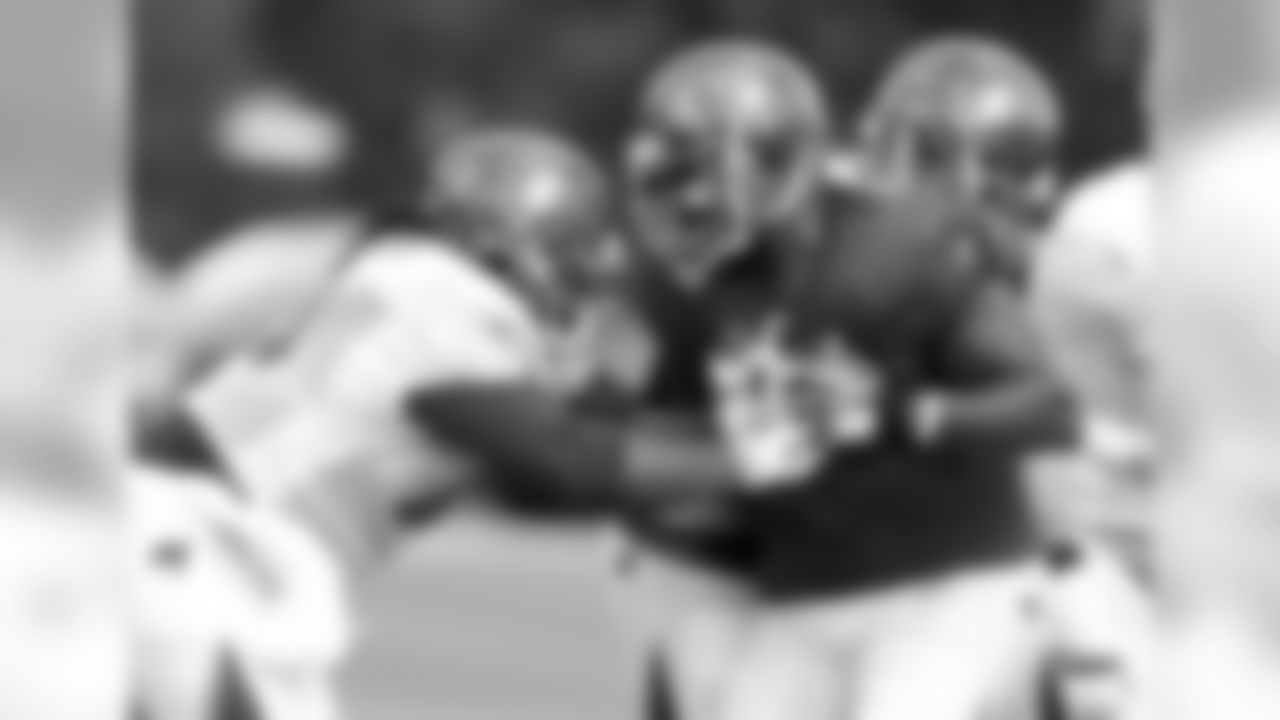





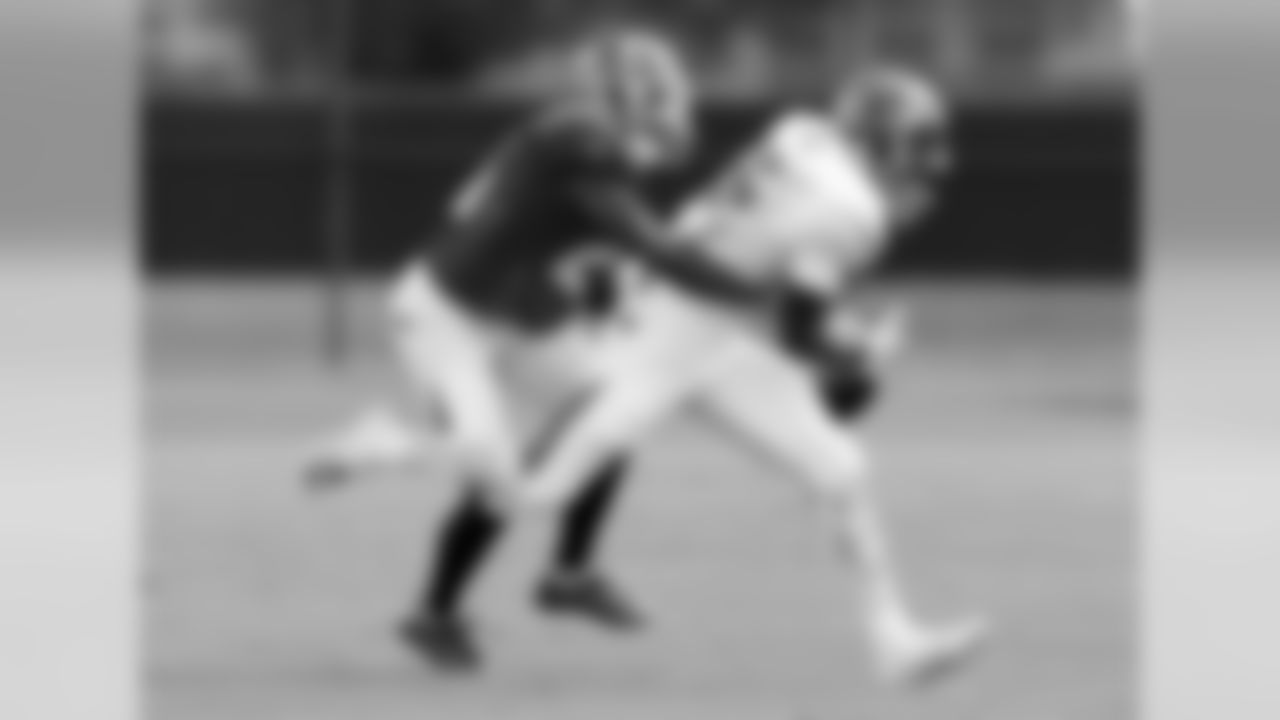


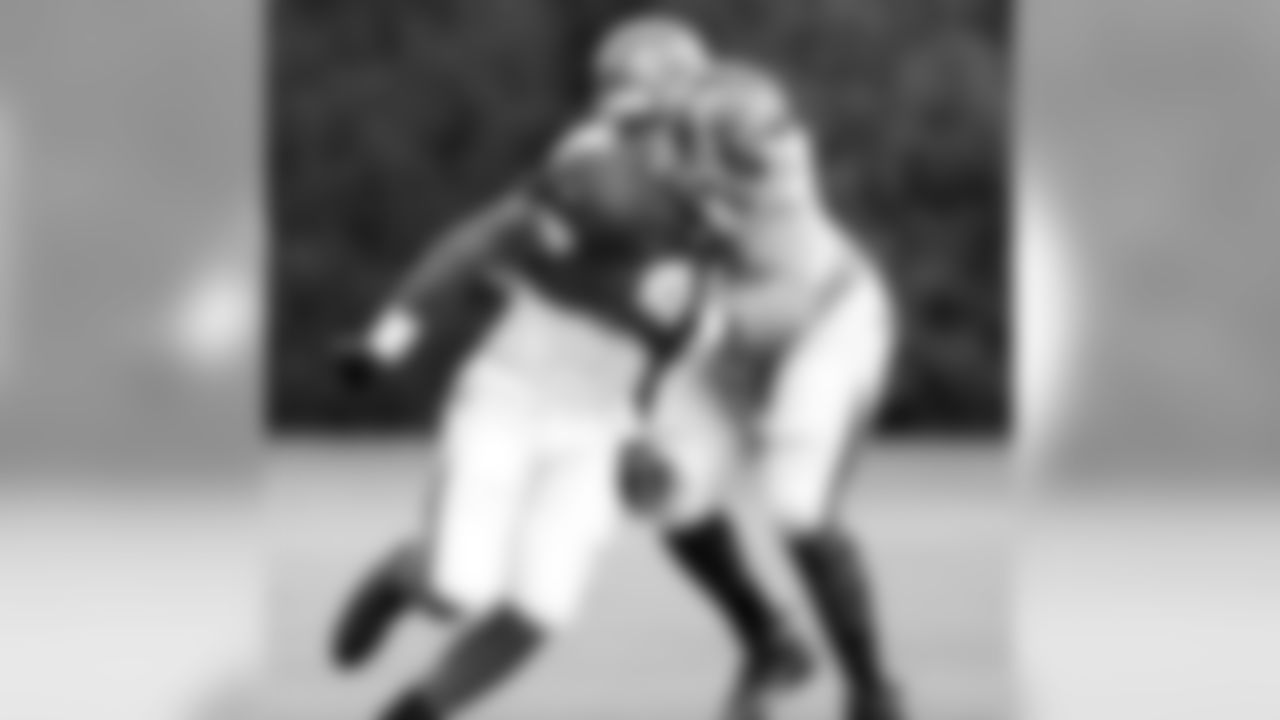
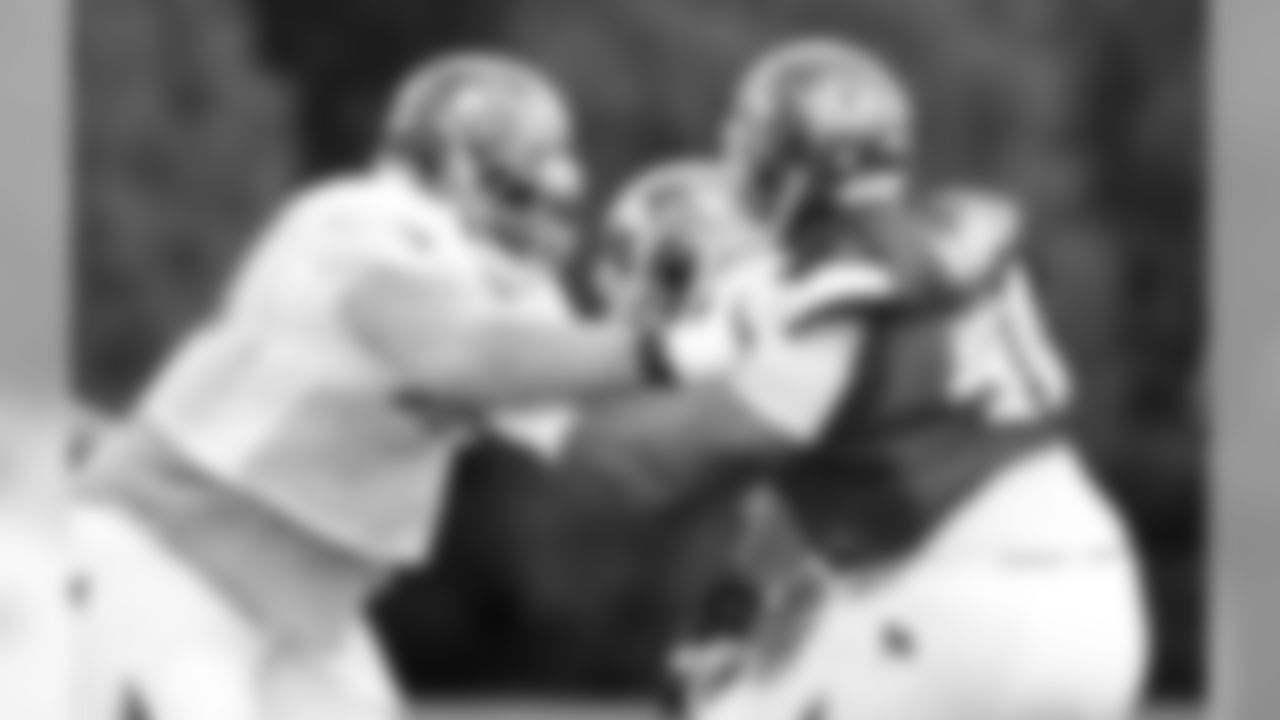















After the Buccaneers take on the Jaguars on Sunday they will head into their bye week, which is always a welcome stretch on an NFL team's calendar. The bye week allows injured players a bit more time to recuperate, gives teams time for some bonus practice work and allows for some thorough scrubbing of the mental slate.
That latter goal would seem to be easier to achieve if the Buccaneers beat the Jaguars and headed into their downtime with a positive frame of mind. During his Coach's Corner interview on Friday, Lovie Smith suggested that a win this week would be an opportunity for the Buccaneers to come out of the bye week with some useful momentum.
There's little doubt that Smith and his players would legitimately feel that sense of momentum. The question is, does a win going into a bye week tend to be a harbinger of better days after the break? In terms of the Buccaneers' own history, it's a mixed bag.
The league instituted bye weeks beginning in 1991. In the chart below, we look at whether the Buccaneers won or lost their game right before the bye and what their record was before that game and after the bye. Those two records will always add up to 15 total games, because we are not including the actual game in the week before the bye in either the before or after categories.
|
Year |
W/L |
Before |
Pct. |
After |
Pct. |
|
1991 |
W |
0-5 |
.000 |
2-8 |
.200 |
|
1992 |
L |
3-1 |
.750 |
2-9 |
.182 |
|
1993* |
L |
0-1 |
.000 |
5-9 |
.357 |
|
1994 |
L |
2-3 |
.400 |
4-6 |
.400 |
|
1995 |
L |
5-3 |
.625 |
2-5 |
.286 |
|
1996 |
L |
0-4 |
.000 |
6-5 |
.545 |
|
1997 |
L |
5-1 |
.833 |
5-4 |
.556 |
|
1998 |
W |
1-3 |
.250 |
6-5 |
.545 |
|
1999 |
L |
2-2 |
.500 |
9-2 |
.818 |
|
2000 |
L |
3-2 |
.600 |
7-3 |
.700 |
|
2001^ |
W |
0-0 |
n/a |
8-7 |
.533 |
|
2002 |
W |
6-2 |
.750 |
5-2 |
.714 |
|
2003 |
W |
1-1 |
.500 |
5-8 |
.385 |
|
2004 |
W |
1-5 |
.167 |
3-6 |
.333 |
|
2005 |
W |
4-1 |
.800 |
6-4 |
.600 |
|
2006 |
L |
0-2 |
.000 |
4-9 |
.308 |
|
2007 |
W |
4-4 |
.500 |
4-3 |
.571 |
|
2008 |
W |
5-3 |
.625 |
3-4 |
.429 |
|
2009 |
L |
0-6 |
.000 |
3-6 |
.333 |
|
2010 |
L |
2-0 |
1.000 |
8-5 |
.615 |
|
2011 |
L |
4-2 |
.667 |
0-9 |
.000 |
|
2012 |
L |
1-2 |
.333 |
6-6 |
.500 |
|
2013 |
L |
0-3 |
.000 |
4-8 |
.333 |
|
2014 |
L |
1-4 |
.200 |
1-9 |
.111 |
( There were two bye weeks in 1993 but for the purpose of this table we used the results before and after the first bye. ^ The Buccaneers' bye week was scheduled for Week Three in 2001, but the NFL postponed the Week Two schedule after the 9/11 terrorist attacks, making the opening game the only one the Bucs played before their bye.)
*
Photos of the Bucs Cheerleaders from Week 4 at Raymond James Stadium.















































We've included the winning percentages for each set of W-L records above, mainly just as a quick reference. In many cases, they are not particularly instructive; a .000 winning percentage in one game or a 1.000 winning percentage in two games doesn't really tell us much about that team.*
First, the basics: Counting the second bye week of 1993 not included in the chart above, the Bucs are 9-16 in games heading into a bye. While the Buccaneers did win their pre-bye game in the playoff years of 2001, 2002, 2005 and 2007, they actually lost it in 1997, 1999 and 2000 while breaking that streak with a win in 1998, a *non-playoff year. *
*
Check out Week 5's Florida Hospital Fan Friday Photo Gallery! Tweet your photos to us using #CatchBucsFever









Those '99 and '00 teams are good examples of teams that lost heading into the bye but didn't see that negatively affect their fortunes after the break. Both of those teams improved their winning percentages by a significant margin following the bye, even with a pre-bye loss. The 1998 team started slowly but won before the bye and then improved measurably afterward, though not enough to make the playoffs. More recently, the 2011 team started off 4-2, then lost its pre-bye game and never won again after the break.*
There's not much correlation to be found here. Of the nine teams that won heading into the bye week, five got better afterwards and four got worse, in terms of winning percentage. Of the 15 teams that lost heading into the bye, eight got better, six got worse and one stayed the same. The Bucs need a win in Week Five badly, and they will surely enjoy their bye week more and come out of it with added confidence if they get it, but the outcome of Sunday's game probably won't tell us much about how much better or worse the rest of the season will be.
3. Areas to Exploit?
Are you looking for statistical indicators of where the Buccaneers might have an advantage over the Jaguars on Sunday? There are a few obvious ones, such as Tampa Bay's #2 ranking in passing yards allowed per game against Jacksonville's #20 ranking in passing offense. The Bucs have also returned kickoffs very well (fifth in the NFL) while the Jaguars have had a little trouble containing them (22nd in the NFL).
READ: JAGUARS SCOUTING REPORT
Thanks to Statspass, we can go a little deeper than that, however. The Scouting Reports section on Statspass includes a list of hundreds of more specific rankings, everything from "inside-the-30 passer rating" to "yards to go on second down" to "ball control – five minute drives." Here's a small handful of more specific stats – two each on offense and defense for the Buccaneers – that indicate areas where the home team may have an advantage:
Offense:
*
- The Buccaneers are tied for ninth in the league with rushes of 20 or more yards, with three. Jacksonville's defense is tied for 20 in allowing such plays, also with three.
- The Jaguars' defense has had trouble preventing scores at the end of the first half, giving up 21 points in that situation to rank 24th. Tampa Bay's offense has found some success in that area, ranking 15th with 16 such points scored. The Buccaneers are also tied for sixth in terms of points scored out of a two-minute offense.
Defense:
- The Buccaneers' defense ranks first in the entire NFL in passer rating allowed on throws where the ball travels at least 21 yards in the air. Their allowed passer rating on such plays is 4.9, while the league average is 87.7. Jacksonville's offense is ranked 17th in passer rating, at 83.0, on balls thrown at least 21 yards in the air.
- Tampa Bay's defense has created quite a few negative-yardage plays this season, ranking third in the NFL in that category. That's based on 135 total yards lost on such plays. The Jaguars' offense has had a few too many negative plays, tying for 25th in that category with plays totaling 51 yards lost.






